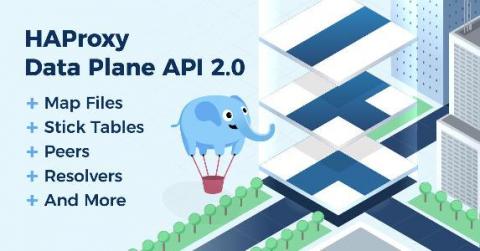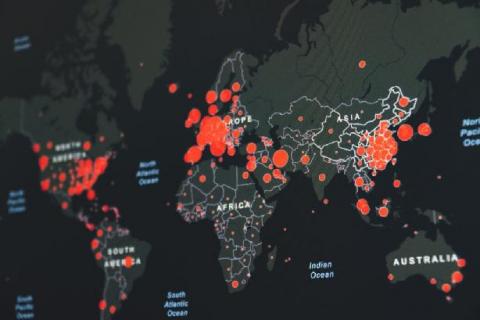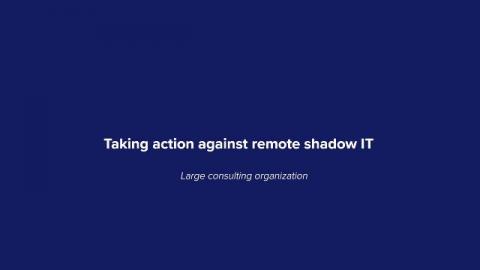Announcing HAProxy Data Plane API 2.0
Version 2.0 of the HAProxy Data Plane API brings some exciting enhancements that unlock the power of HAProxy’s flexible configuration and its runtime capabilities. The HAProxy Data Plane API, which lets you manage your HAProxy configuration dynamically using HTTP RESTful commands, has marked a major milestone with the release of version 2.0. This release emphasizes the runtime aspects of HAProxy, giving you the ability to manage map files, stick tables, peers, DNS resolvers and more.










